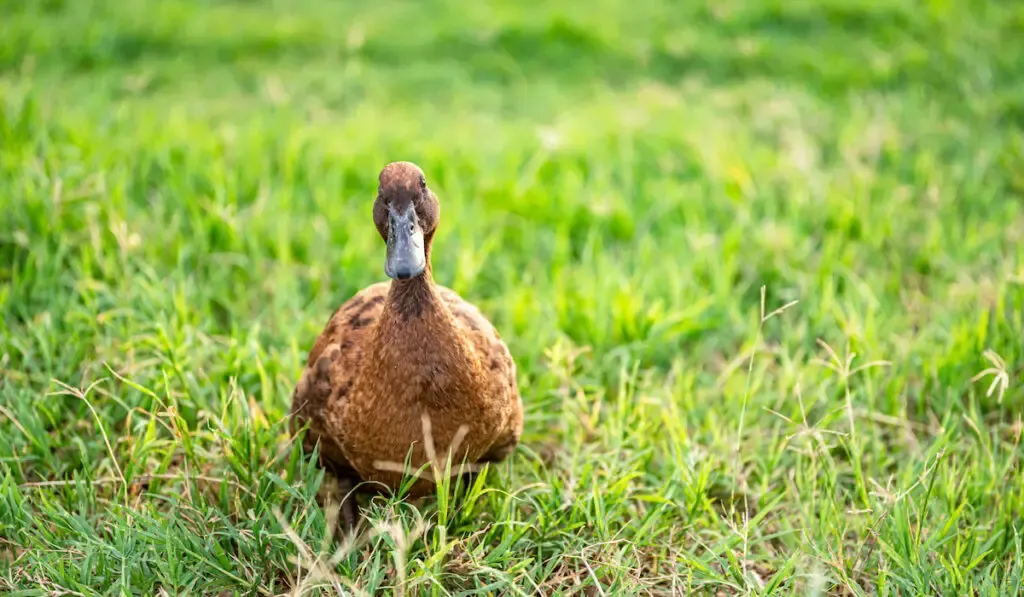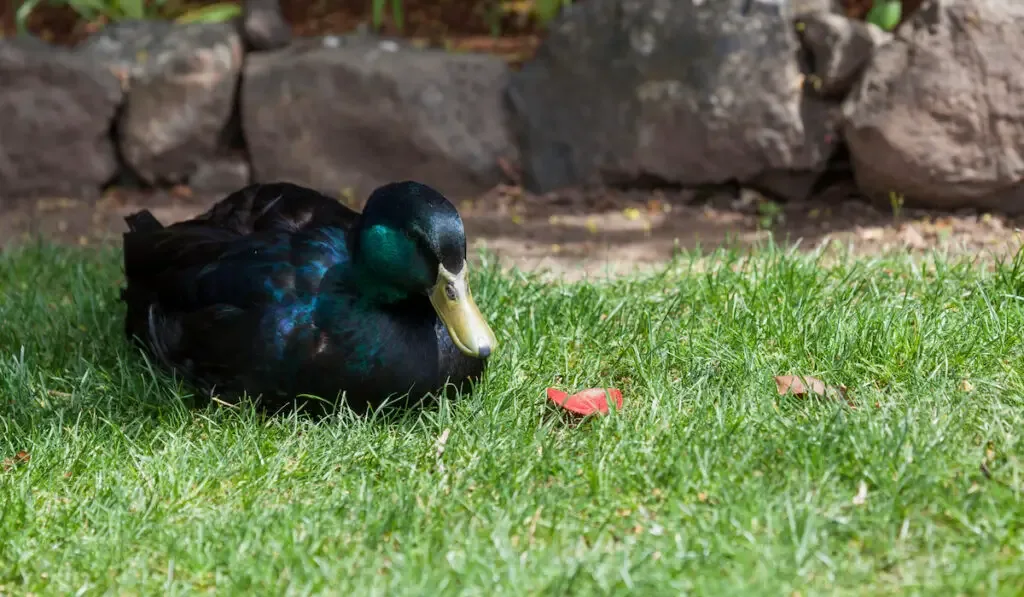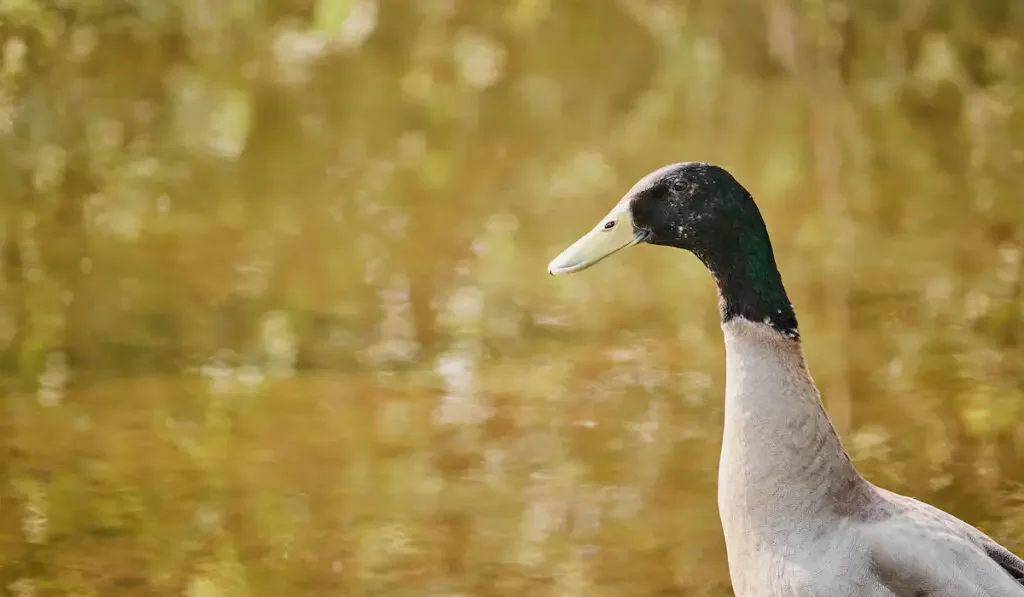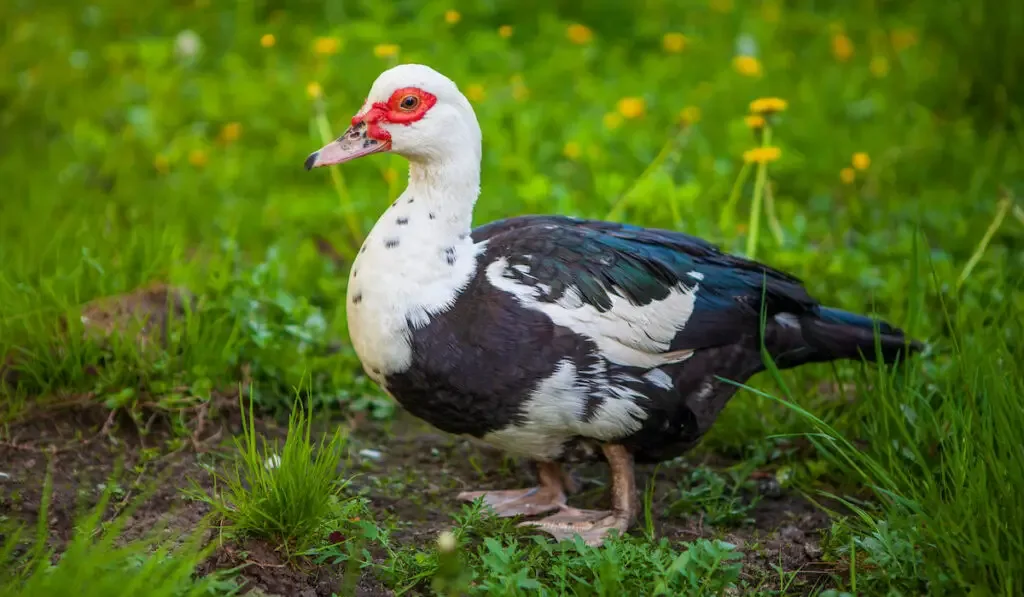Ducks are among some of the most loved farm birds. They are not only kept for their large eggs and tender meat but also for pets, for their ornamental value, and for show. There are several duck breeds available that as a beginner you need to learn about.
Ducks are generally unaggressive and easy to handle. It is even interesting to know that although classified as birds, most duck breeds don’t fly and are very social. They are fun to watch as they waddle their way around the farm.

To successfully breed and raise ducks, you need to think of the reason as to why you want to raise them. Do you want to have ducks for their meat, or for their eggs, or is there some other reason? You also need to make sure your neighbors are ok with noisy ducks.
Although they may spend their daytime outside together with the chickens, their sleeping arrangement is different. You have to make sure you make a house for them.
If you consider keeping ducks for their eggs, you will be pleased to know that duck eggs are very delicious and are higher in healthy fats and proteins compared to chicken eggs. They are therefore more preferred and more expensive than chicken eggs.
If you are planning to purchase ducks for your farm, read on to know the 7 best breeds you should get. Here you will also learn if you should have different duck breeds on your farm.
Pekin

Most Pekin ducks are large and white in color with orange beaks. Pekin Ducks are thought to be one of the first animals domesticated by humans.
They were first introduced into North America by European colonists; originally there was some question as to whether they were native to China, but it is now thought that the European Pekin Ducks were a cross between Mallard ducks and Muscovy.
The Pekin duck has an excellent laying capacity. It can lay up to 200 eggs per year and has good resistance to disease making it the most popular breed of ducks in commercial settings worldwide. They live for approximately 12 years.
Unlike other ducks, they don’t have webbed feet but rather long, three-toed feet. Although they are good layers, they tend to not be broody. So if you choose to keep the generation going, you will need other methods of hatching the eggs.
Mainly bred for their meat and eggs.
Khaki Campbell

A Khaki Campbell is a medium-sized bird with an average weight between five pounds and nine pounds. The females are usually more active and have a rounder body than the males. They are easily identified by their light brown color, while the male Khaki Campbell is identified by a dark brown head and tail.
They are known to be environmentally hardy and thrive well in extremely cold temperatures and also in humid and arid areas.
The Khaki Campbell duck hens lay roughly 300 eggs in a year and start laying eggs when they are five to seven months old. The duck hens continue laying eggs as they age, albeit reduced in number, but they don’t stop entirely.
A Khaki Campbell will live for about ten years when it is properly taken care of.
As a beginner, you will be excited to know that this breed doesn’t make lots of noise. You can choose to have them as free-range or caged ducks. You can also comfortably raise them among other birds like chickens or guinea fowls. As for food, they love foraging for slugs, ticks, or worms.
Best bred for eggs.
Cayuga Duck

A Cayuga is a medium-sized breed that lays white eggs. It has an average weight between four pounds and nine pounds, with females being heavier than their male counterparts. They have black plumage with some greenish hue which changes to white as they age.
They are great for beginners as they do well in any weather. They love roaming free instead of being caged. The Cayuga Duck lays up to 150 eggs in a year. They are usually kept for their meat and eggs as well as ornamental purposes.
The Cayuga duck is said to be identical to an English breed (black duck) found in Lancashire in the 1860s, and Cayuga is believed to have originated from this breed.
They lay eggs that are usually black in color, which lighten as seasons progress. As for the meat, they are said to be of excellent taste and fine quality.
Bred for their eggs and meat.
Welsh Harlequin

Initially bred by Leslie Bonnet, The Welsh Harlequin is a better egg-producing duck than the Khaki Campbell.
They have a docile nature which is probably the reason for the duck hens producing more eggs. They don’t get shocked or scared easily and they lay well over 200 eggs a year.
You can free-range the Welsh Harlequin ducks as they have poor flight capabilities. They also love foraging for their food in the garden.
The ducks are big enough for the table so they ducks can be kept for their meat as well. You can tell the ducklings’ gender by their bill color. Darker bills mean the duckling is a male, while female ducklings have lighter bills that end in a dark spot.
To choose a good Welsh Harlequin duck, choose a strong-legged and robust bird without any deformities.
Mostly kept for the eggs
Runner Duck

Also known as the Indian runner, The runner duck has a slim body and a long neck. They appear erect because the pelvic girdle is situated more towards the tail region. Just like the name suggests, the runner ducks run or “quick step” rather than waddle.
Runner ducks have a life span of 10 years in the wild and live longer domesticated. They are more active in foraging compared to other domesticated duck breeds. Originating from Indonesia, these ducks are believed to have been used to control insects on rice farms.
The Runner Duck variety includes black, blue, chocolate, fawn, white and trout. They don’t fly and lay up to 180 eggs in a year. As for the weight, they weigh between 3.5 and 4.4 pounds.
They are bred for eggs and as pets
Muscovy duck

The Muscovy ducks are less noisy compared to other ducks. They mostly hiss instead of quacking. This makes them the best choice if you are not fond of quacking sounds or live near neighbors who don’t want to be bothered by noisy ducks.
The Muscovy ducks are bred from a south American native bird, while other ducks are bred from the mallard duck.
Most people believe that the muscovies are closer to geese than they are to ducks. When a muscovy mates with a mallard duck, the resulting offspring are mulards which are unable to reproduce. The mulards are then kept for meat as they grow up very quickly and more robustly.
When you keep the muscovy duck, you will get super big eggs, they free-range well within the compound without wandering far and wide, they are also great at controlling pests, and their meat is delicious.
The Muscovy ducks are also resistant to many diseases.
They are best bred for meat
Rouen

The Rouen is referred to as a multi-purpose duck and they lay up to five eggs a week-except during the winter months.
They are known to be fairly calm with attractive plumage that resembles wild mallards. The drakes can be distinguished by their bright green heads and some green/blue feathers, while the hens can be identified by their brown color. The Rouen is one duck breed that the male and the female look totally different.
When matured, The Rouen breed weighs between 6 and 8 pounds. This weight hinders them from flying away. You do not need to pluck some of their feathers to keep them from flying away.
Annually, the Rouen hens lay around 150 large eggs. When given good care and good housing, Rouen ducks can live up to 12 years.
They are slow to mature, making them perfect for home or for small farms. They are among the topmost loved duck breeds in North America.
Kept for their ornamental purpose and meat.
In Conclusion
Different duck breeds have so much in common. They love water and love to patrol to forage for bugs, insects, slugs, and snails.
They produce delicious eggs and are resistant to many diseases. You can keep different duck breeds together because they are peaceful animals.
These ducks love when they are kept as free-range birds instead of caging them.
Sources
- https://insteading.com/blog/pekin-duck/
- http://www.lafayette.in.gov/DocumentCenter/View/1806/Pekin-Duck-PDF
- http://afs.okstate.edu/breeds/poultry/ducks/cayuga
- https://livestockconservancy.org/index.php/heritage/internal/cayuga
- https://www.agriculture.com/family/living-the-country-life/raising-welsh-harlequin-ducks
- https://livestockconservancy.org/index.php/heritage/internal/welshharlequin
- https://www.oregonzoo.org/discover/animals/indian-runner-duck
- https://insteading.com/blog/muscovy-ducks/
- https://livestockconservancy.org/index.php/heritage/internal/rouen
